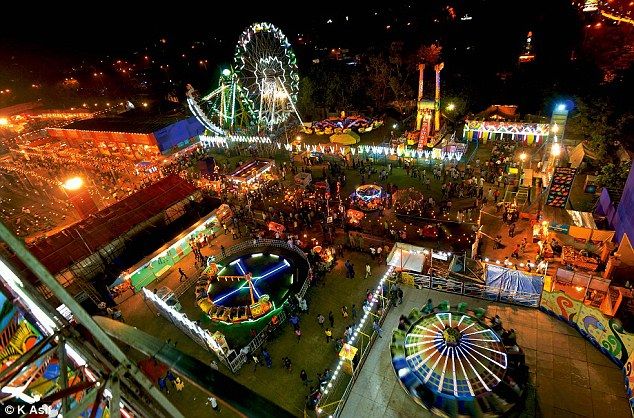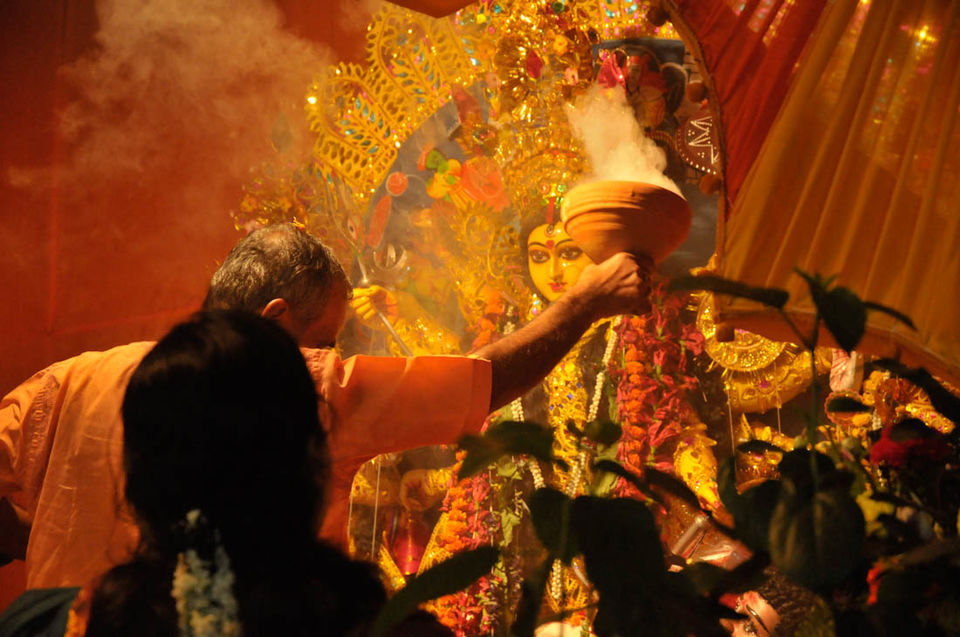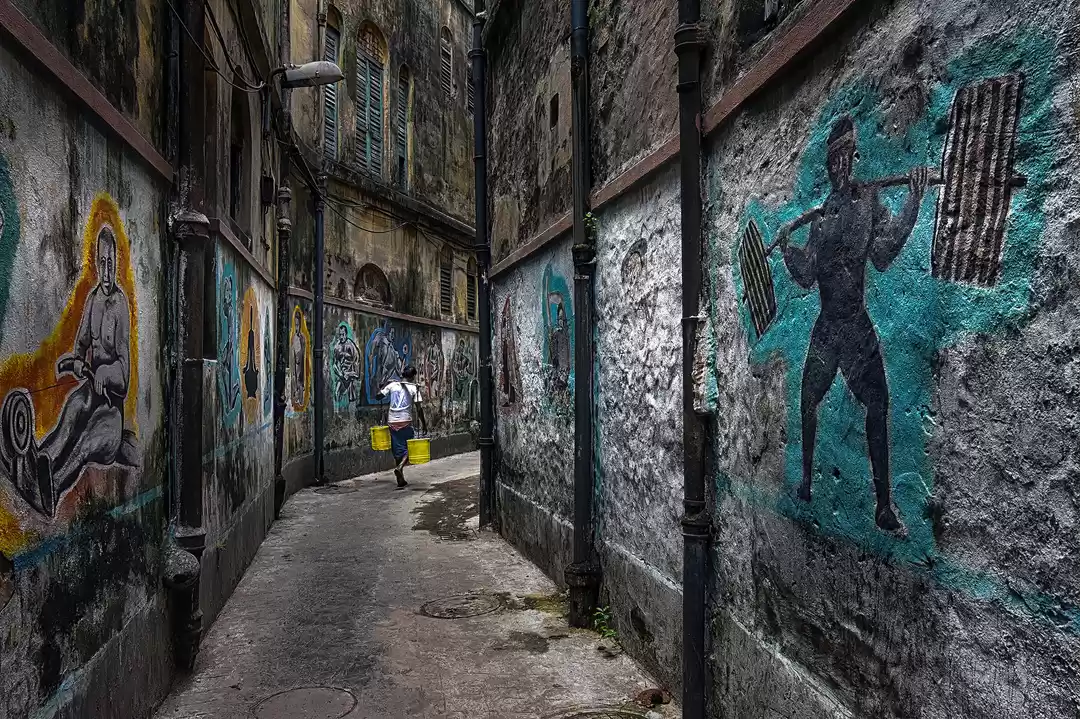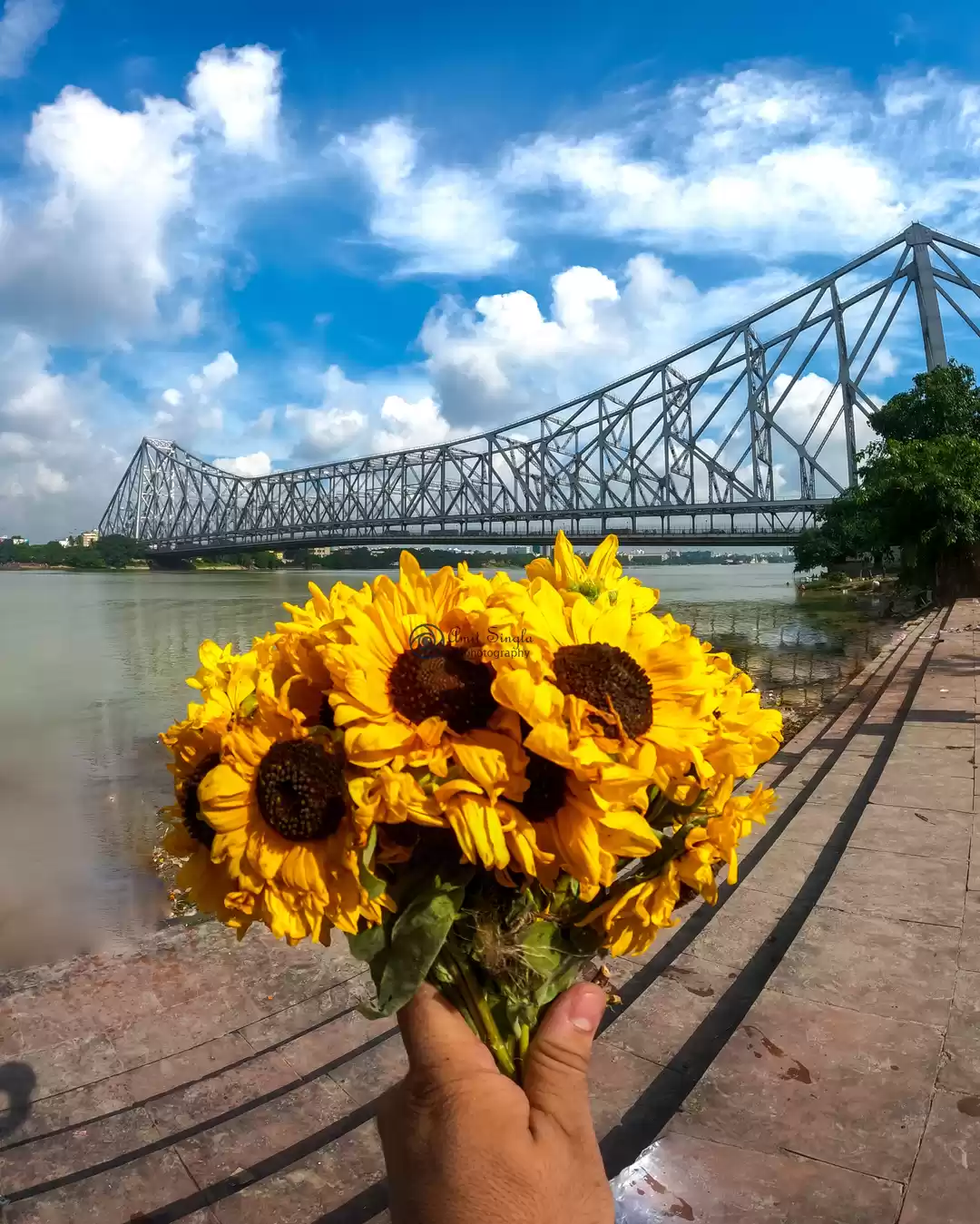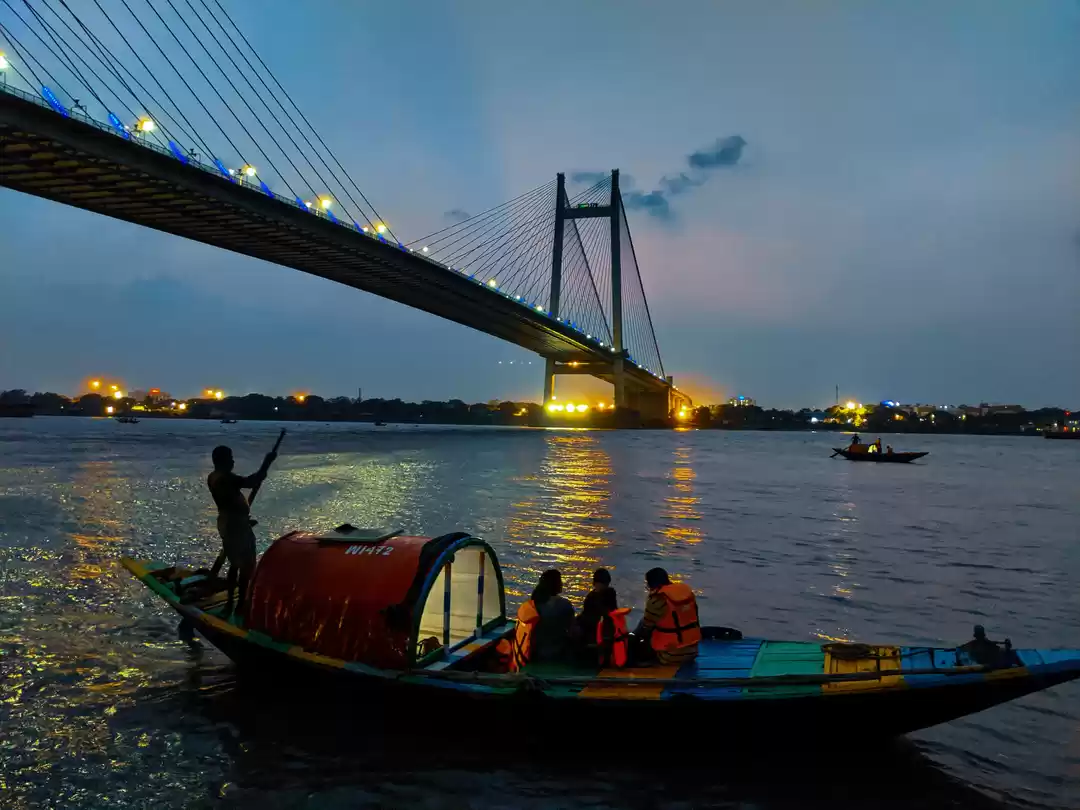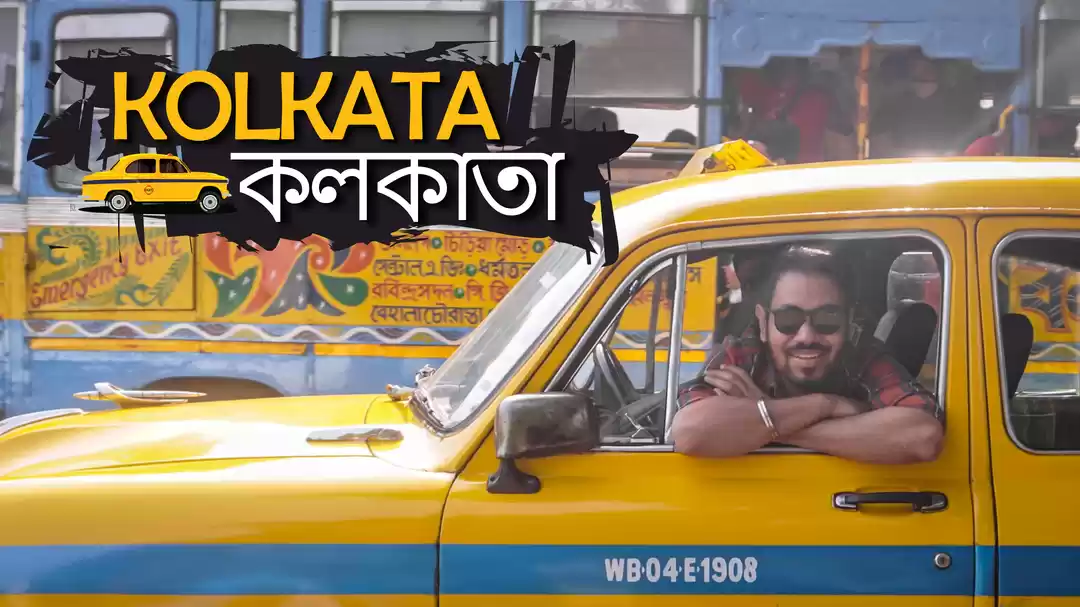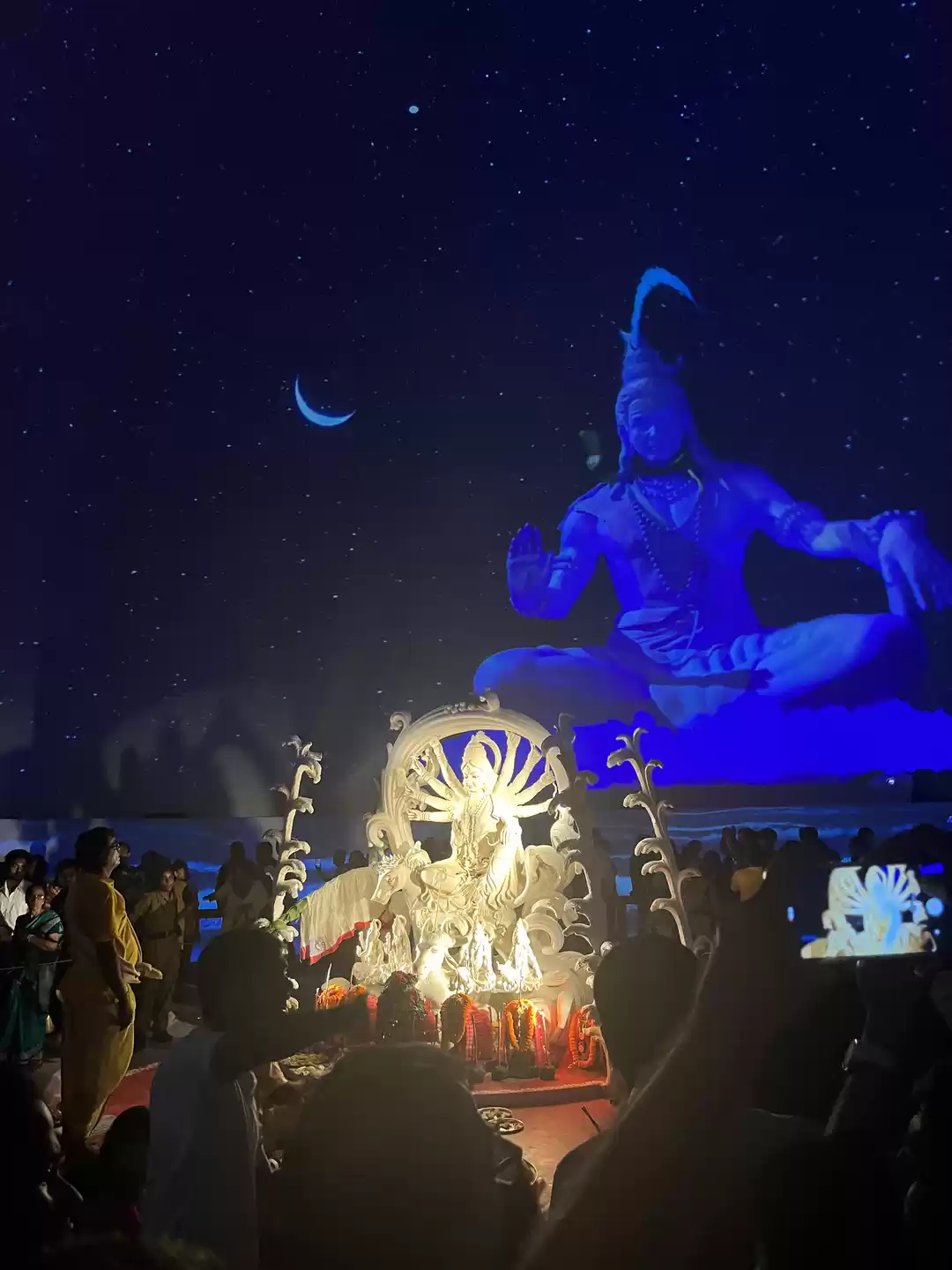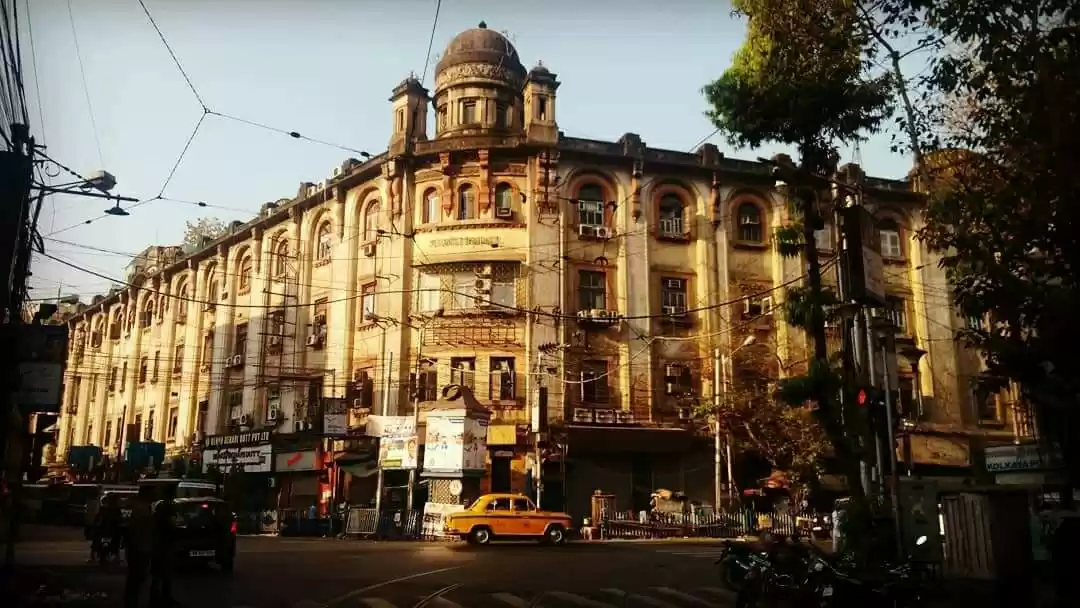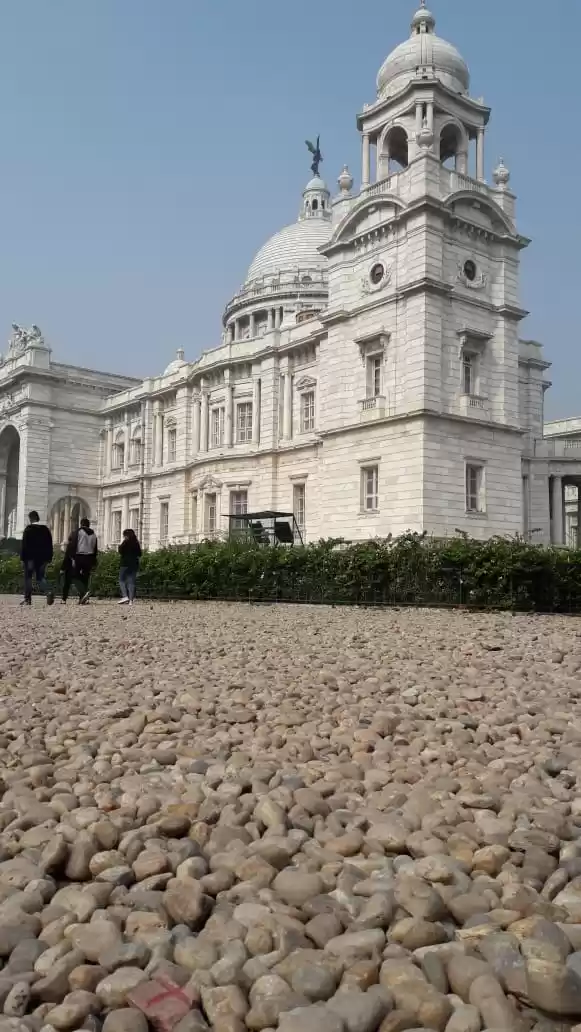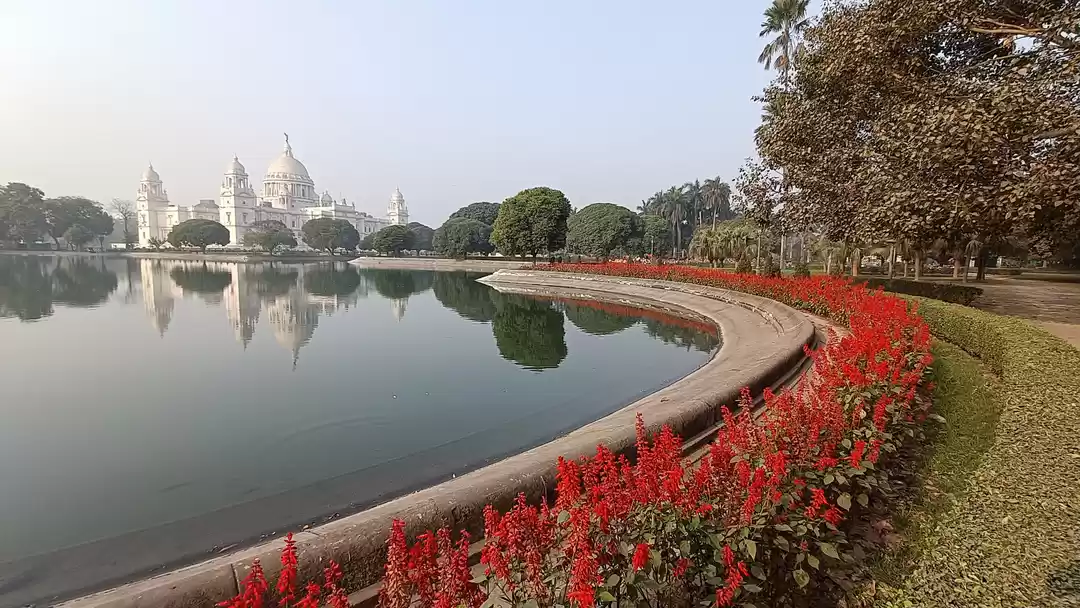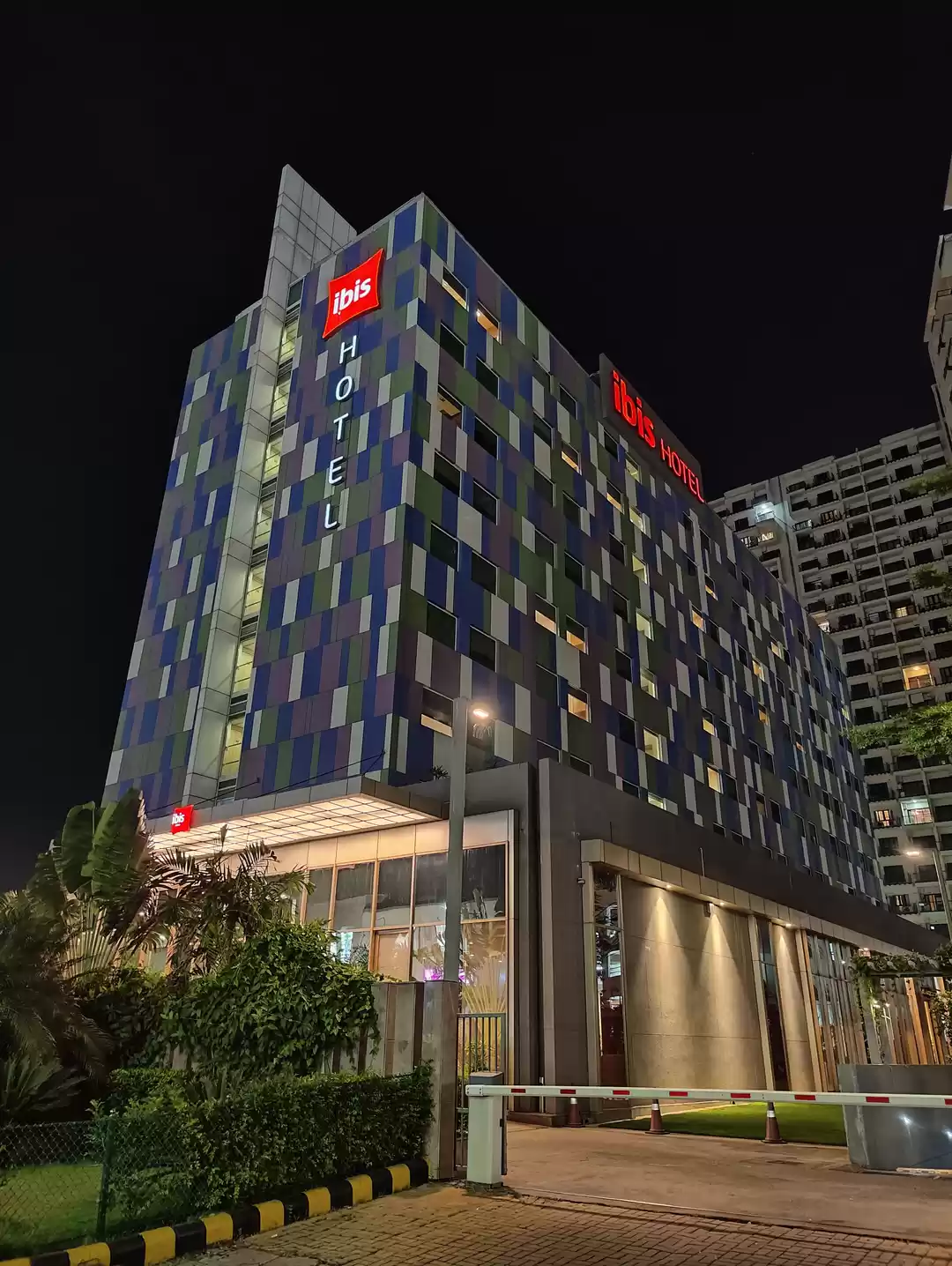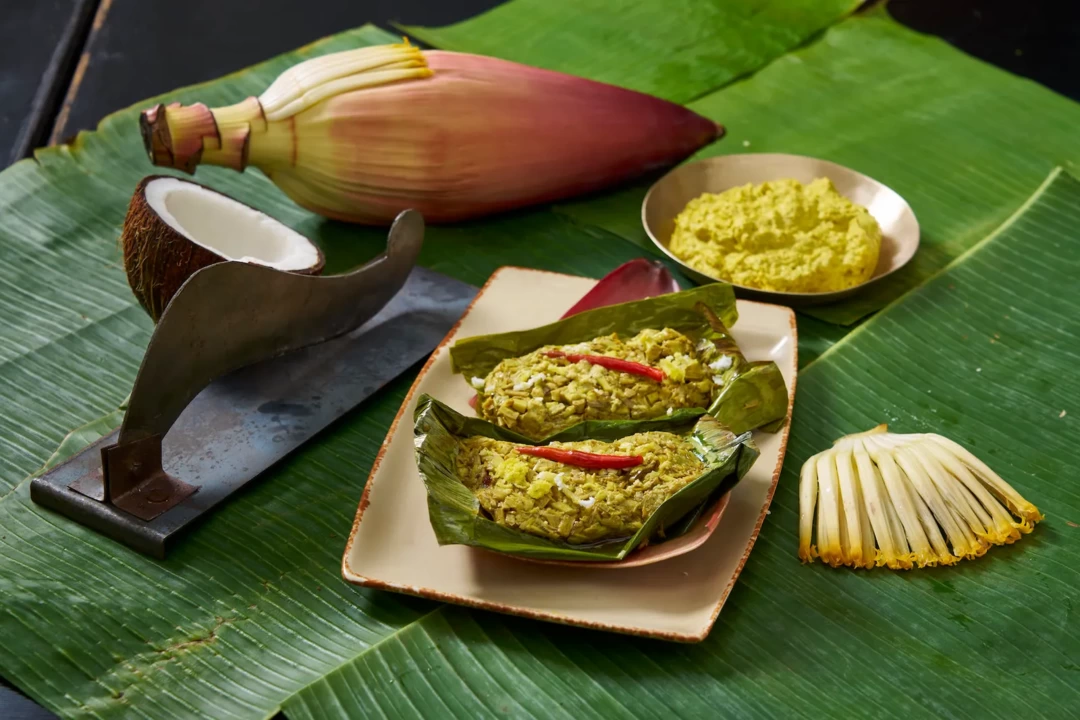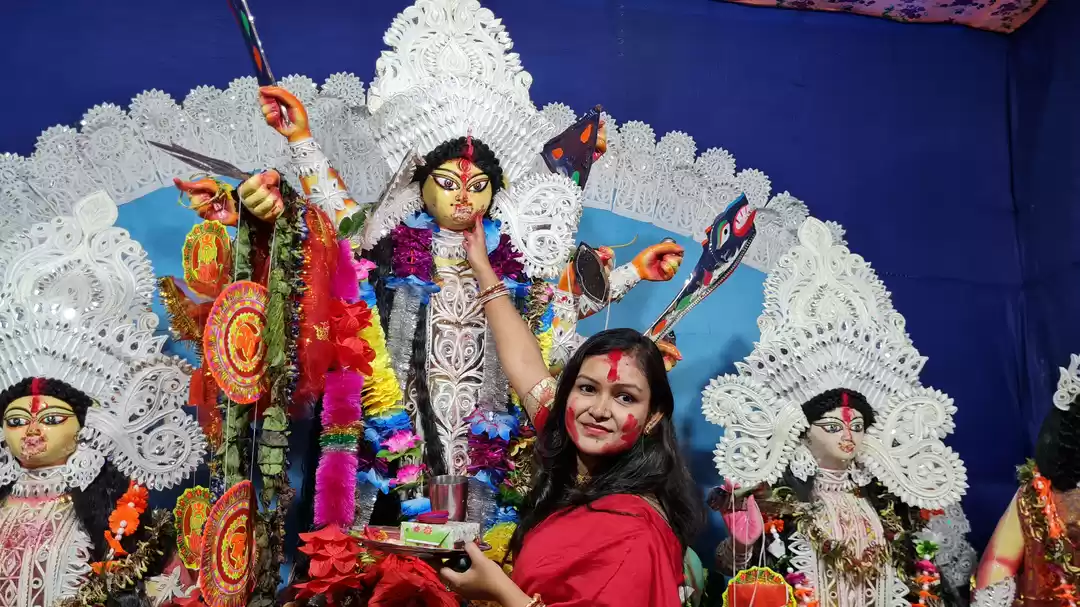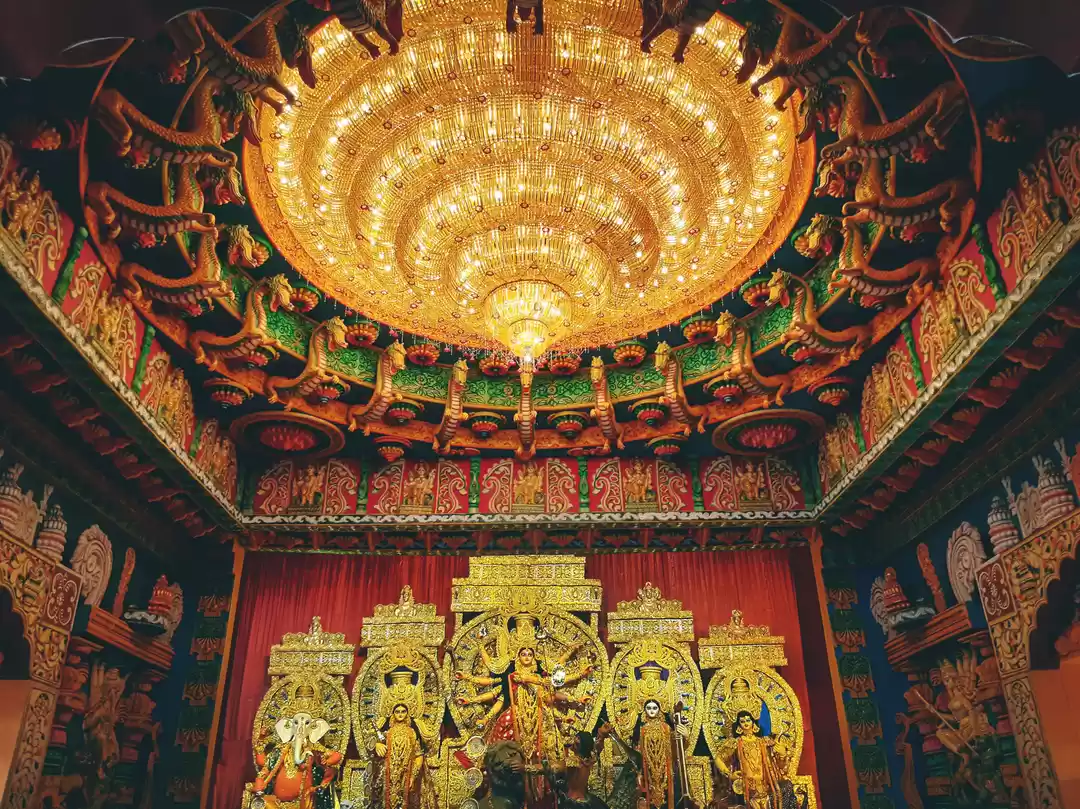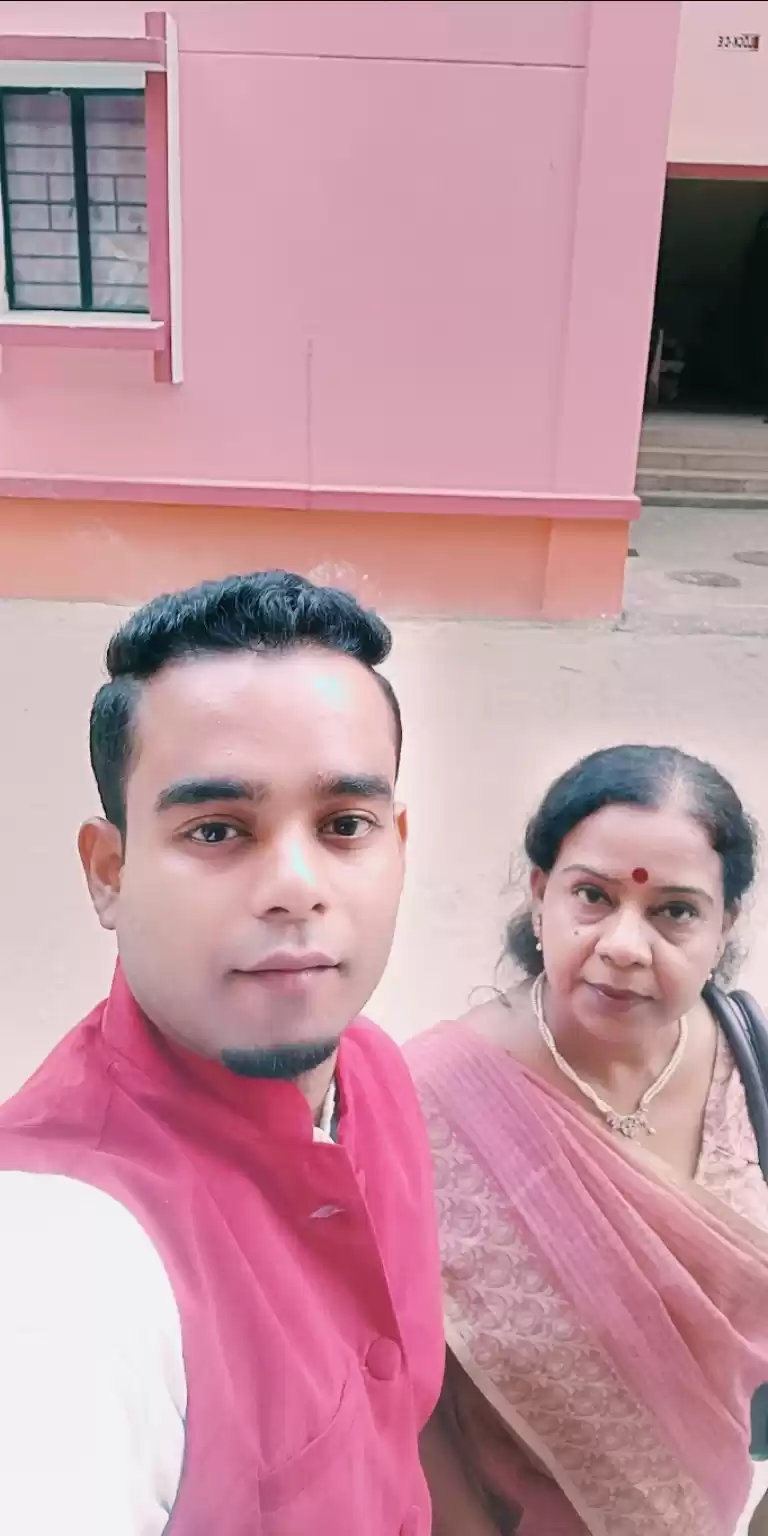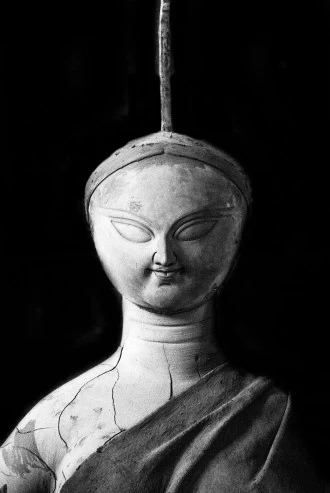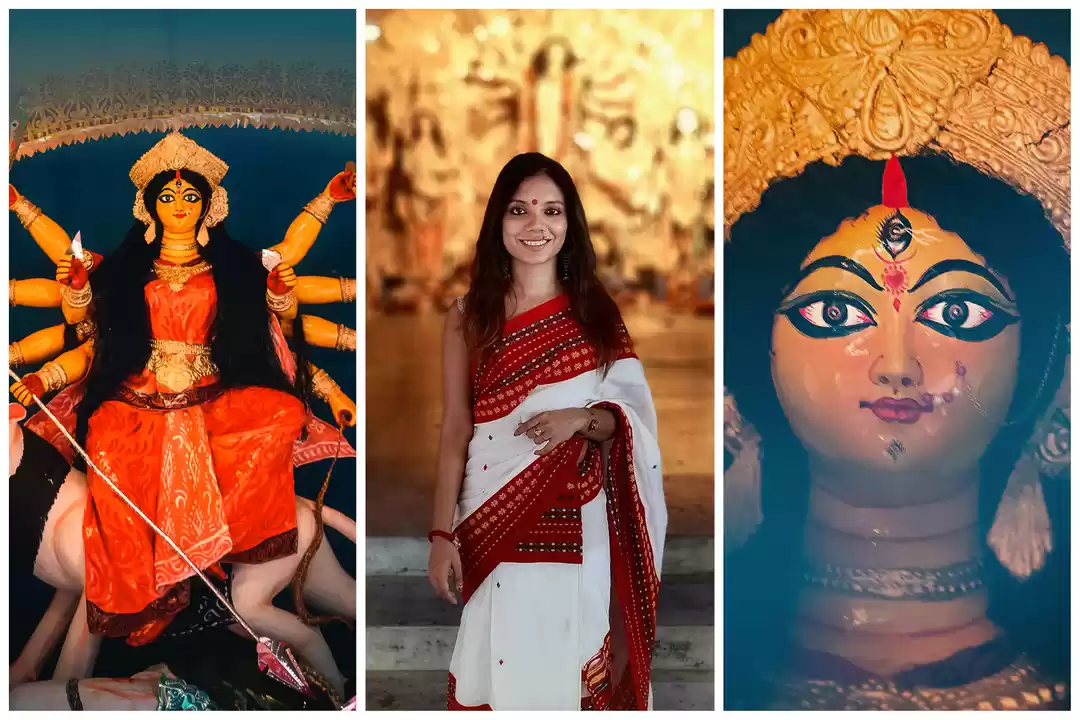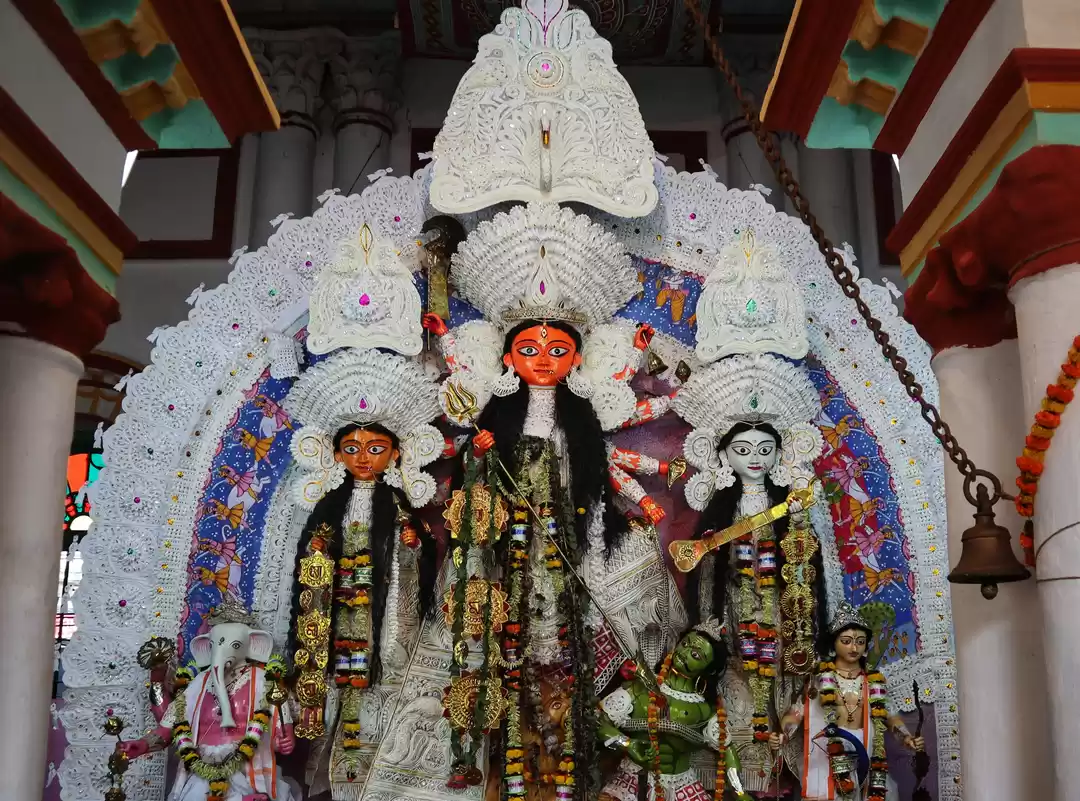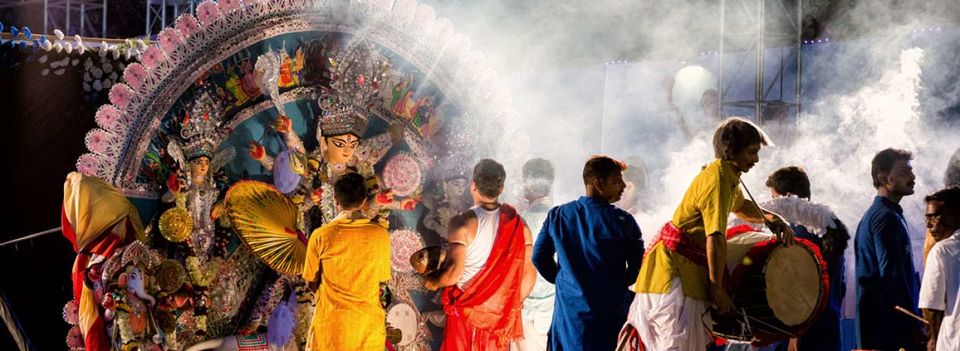
‘Maa aashche’!
Durga Pujo is practically the centre of planning of all events of that year for Bengalis. The main pujo, itself, is for 4 days: Saptami (7th day), Ashtami (8th day and is considered the main day), Navami (9th day) and Dashami (10th day, the day of farewell). However, the rituals start from Ekadoshi (or the first day) and the spirit keeps heightening through Soshti (6th day), entering full-fledgedly into Saptami. But if you think that these 10 days are all there is to Durga Pujo, then you’re mistaken, my friend.
Pujo planning starts a good 3 months before, if not earlier and is arguably the most awaited event of the year. ‘Maa aashche’ plays on the Bangali mind from the minute they say ‘aashche bochhor abar hobe’ (she will come again next year and we shall celebrate).
But I’m not religious!
Don’t worry about it, really, Durga Pujo is not a celebration of Hinduism or the Bengali religiosity. Look at all the colors, lights, beauty and festivity for what they are: a celebration of life, a celebration of women and a joyous upholding of tradition.
If you’re not convinced, remember Bengal has predominantly been a Communist state and one of their ethics, is atheism. So when you see Bengalis taking to the festivities, you know that it does not have much to do with religiosity.
Speaking about religiosity, Durga Pujo is both a gift and a tradition to Bangaliyaana and is shared by all the different communities in Bengal alike. It doesn’t matter if you’re Muslim or Christian, Sikh or Jew or Armenian; if you’re in Kolkata, you cannot escape the festive mood!
Durga’r Protima (the idol of Durga)
The idol of the goddess is created while bearing in mind that she represents Shakti (the doctrine of eternal power, energy and strength) while embodying the characteristics of a mother. She has to appear delicate and comforting without denying her fierce nature, just like our own mothers. Despite everything she embodies and represents, her body is made of clay. Kolkata has an entire locality, Kumartuli (kumar meaning potter and tuli meaning locality) which over 300 years old where time seems to stop. With over 500 workshops hiring artisans from all over Bengal to come together and toil endlessly to not just create the mother goddess but also her four children (Ganesh, Lakshmi, Kartik and Saraswati). Her four children are celebrated for their individual qualities on other occasions but during this festival, they step down and become just their mother’s children. We, Bengalis, are said to have two mothers: our own Maa and Durga Maa.
The clay is taken from Hooghly river but that is not it; the clay is then mixed with soil from a brothel. Brothels might be forbidden territory or nishiddho palli for others but for the body of Maa, it is considered punya maati (blessed soil). The first step is make a bamboo frame called kathamo on which this mixture of clay and soil is plastered. It is sundried for a few days then painted on. Authentically, the idol is decorated in a style called daaker shaaj however, with changing times and depending on the theme of the pandal, the idol is then dressed.
Welcoming her back to her baaper baari (maternal-paternal home)
Interestingly, the rituals of her welcoming are very similar to the welcoming of a newly-wed daughter on her first visit back to her parents’ home. It is believed that mortal world is where her home is which she left for Mount Kailash (Lord Shiva’s abode).
Chokkhu Daan or painting the eyes of the goddess, on Mahalaya (after which comes Ekadoshi and thus begins pujo) is one of the most auspicious ritual. Drawing eyes on the Mother marks the beginning of her journey to her parents’ home. Kalaparambha or unveiling the face of the Goddess to jubilant beats of the dhaak. This takes place on Soshti and from here, the priest shall begin conducting rituals henceforth. Kola Bou Bodhon or the ceremonial bath of the banana tree in the rive Ganga after which pujo for Maha Saptami begins.
Heard of some very unique rituals specific only to Durga Pujo, what’s that?
We believe that daughters are the wealth of the household and the backbone of society. Kumari pujo is a unique ritual where young girls who have not reached puberty are worshipped. It is observed on Maha Ashtami and has been a ritual from the early 1900s. Sandhi Pujo (oh the best and most awaited part of all the days!) happens during the last 24 minutes of Ashtami tithi and lasts into the first 24 minutes of Navami. This time period is called Sandhikhan and does not follow our time pattern. Every year it falls on a different time and Navami starts from that very moment and Dashami follows thence.
Sandhi pujo can be in the middle of the afternoon and the day end would be considered from that moment although, it isn’t really the end of the day. This pujo symbolizes that time of dusk when the Goddess slayed the demons, Chonda and Munda and this, during this pujo she is worshipped as Chamunda.
Shidoor Khela or Sindoor (vermillion applied by married women) play is the final ritual that concludes these ten memorable days which end with the immersion of the idol. Married women apply shidoor on each other’s foreheads and bangles and trivia has it, that an unmarried woman partaking in the celebration is bound to get married at a certain time in her life.
This was essentials of Durga Pujo in a nutshell to help you understand it better. Now, let’s get into the non-Bengali’s guide for the festivities:
Pandaal hopping (or Pandal hopping)
Call it a ritual, call it a cult practice, call it what you like but how we celebrate Durga Pujo has a set pattern: we wear new clothes on every single day (or as often as you can), we stay in selected pandals during the day and partake in all rituals as instructed and at night, we bring out our inner divas. We book cars and all young members of the family or friends stuff into that car and visit some of the biggest pandals (despite the mad rush of traffic or as Bengalis say it, ‘genjaam’). We eat every other street food we spot and we return home only during the wee hours of the morning. That, is how you do Durga Pujo.
Aaroti (or Aarti)
It is highly suggested that you stay for at least one of the aarotis (perhaps Sondhi Pujo) to really get the feel. They are so elaborate and beautifully done that missing it is a big miss indeed.
Bhog
Bhoger khichudi is legitimately the best Bengali khichudi you’ll ever have and I’m not making this up. There is something elevated about the taste which keeps you coming back to it every year. These days, the State tourism even organize tours of the traditional pandals and bhog during lunchtime. If you’re not sure how to approach a pandal, you don’t have to approach just one. Sign up for this tour and get a glimpse into a lot of different pandals with the khichudi in between!
And if you’re feeling very, very enthusiastic then wake up at 4:00 AM on Mahalaya for Chondipaath by Birendra Krishna Bhadra. I’m not joking, the part where the famous ‘jaago tumi jaago’ comes, you’ll find tears rolling down your cheeks; even if you don’t understand what is being recited.
Also, Dhunuchi naach. This one doesn’t need any further explanation.
Tahole bolo Durga Maai ki Joy and Happy Travels~


